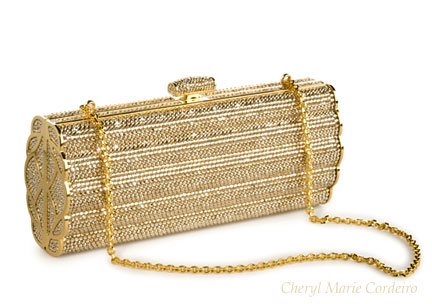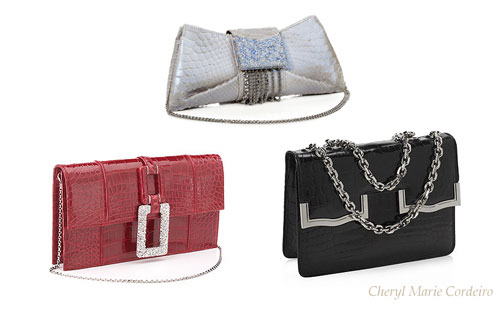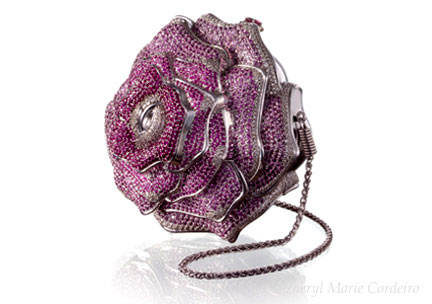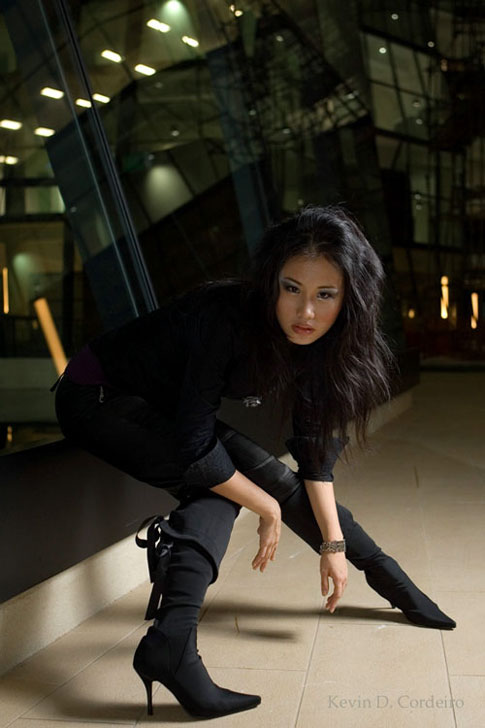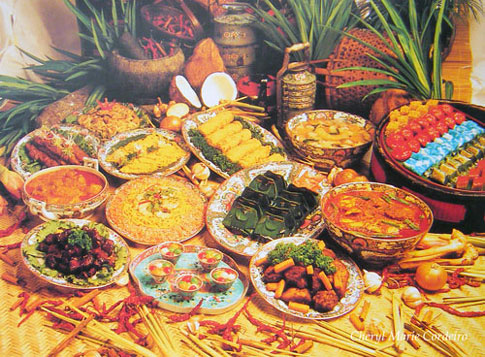St. Tropez is characterised by narrow streets that lead straight to the Riviera front.
Text & Photo © JE Nilsson, CM Cordeiro-Nilsson 2008
Located on the French Riviera, the ancient town of Saint-Tropez is as beautiful in the day as it is in the night when the coastal stretch is lit in what seems like a mellow glow of romantic amber against the velvet navy of the ocean and night sky, nothing that reminds of its intriguing and turbulent history from the time of Nero and the Roman Empire.
Having somewhat been at the cross-roads of all sorts of trade and warfare, it was here in this town that was said that France had first contact with the Japanese in September of 1615, obliged to spend the time in St. Tropez due to bad weather conditions, when the Japanese were en route to Rome. Continue reading “Quiet? In St. Tropez, Côte d’Azur”




